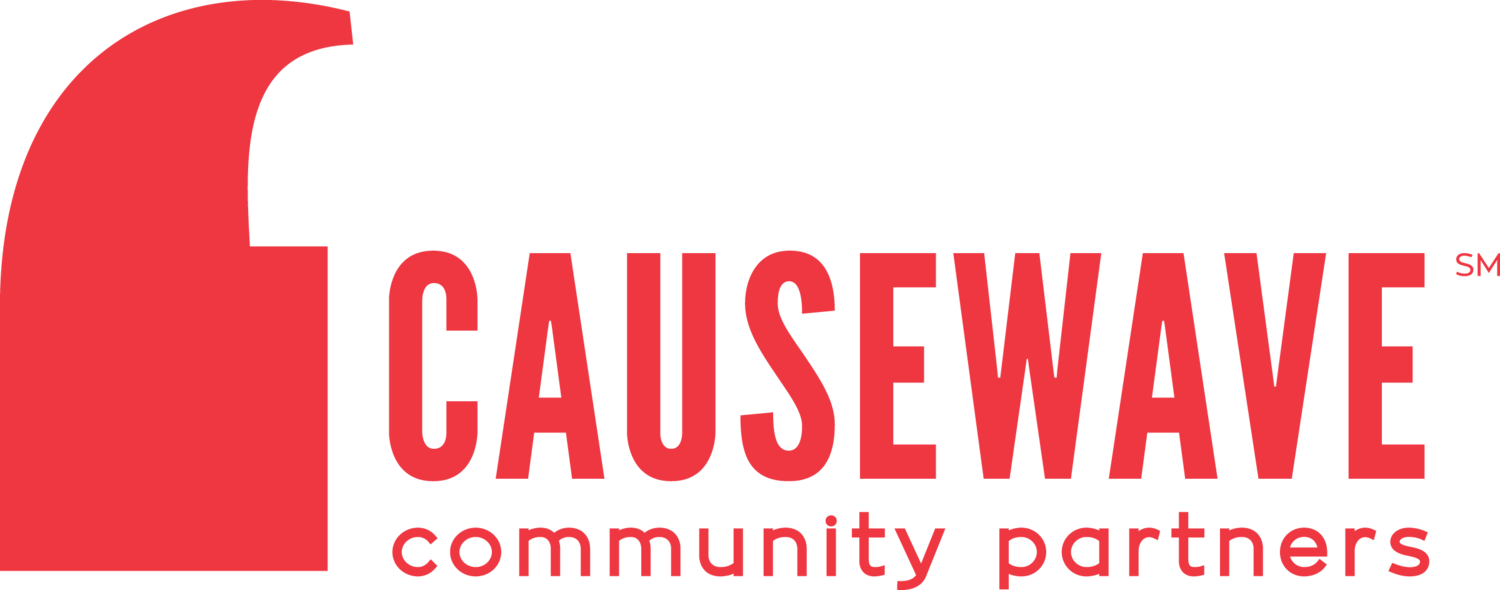Substance Abuse Prevention Coalition of Ontario County
Social Media Takes On Drug Addiction
The United States is in the midst of an opioid crisis, and upstate New York is no exception. A new study found that roughly half of those in the Finger Lakes region who overdosed on heroin or other opioids had prior prescriptions for painkillers, the largest group affected being those in the 15 to 29-year-old age range.
Partners
Over the last few months, Causewave partnered with The Substance Abuse Prevention Coalition of Ontario County (SAPC) to launch an awareness campaign. With the help of trusted designers Andrew Soucier and Sarah Mongeau (a former Causewave intern), as well as the media experts at Butler/Till, we were well prepared to make some change.
The goal
To increase perceptions of risk for opioid, heroin and prescription drug abuse among youth and young adults.
Our Approach
We planned and implemented a social media campaign targeting 12 to 25-year olds, leading them to landing pages with information about many of the lesser known risks of opioid use. Because the target audiences and goals for each audience were different, our team decided to develop two strategies and two landing pages.
Each site was given a vanity URL and included testimonials and jarring facts that demonstrate how addiction can happen to anyone. To drive traffic, we ran ads on Facebook, Instagram and Snapchat (a Causewave first!). Each told the story of someone struggling with addiction, reaching out for help and wishing they had known the consequences of substance abuse before it happened to them.
Some lessons learned:
This campaign experimented with a number of tactics, which we adjusted based on initial results. If you’re considering a paid social media advertising campaign for your organization, here are five best practices you should know.
1. Troubleshoot digital ads before sharing
If you plan on running ads on Facebook or Instagram, you should familiarize yourself with their ad policy. Essentially, ads with more text will be shown to fewer people, and ads with less text will experience greater reach. We recommend using Facebook’s Image Text Check tool to make sure your ads are as effective as possible. In our case, we got dinged for using doodle-like graphics, which Facebook considered text.
2. Use a variety of creative assets
Creative fatigue is real and happens fast! When audiences get used to seeing certain images and text, they tune out. The solution is to prepare extra imagery and copy that can be rotated throughout a campaign to maintain people’s attention.
3. Understand banner ads
Many people write off banner ads as a failure because of low click rates, but that’s not really their purpose. Banner ads expose your target audience to your message, leading to familiarity and interest. Once someone sees these banner ads enough times, they’ll be more likely to click when they see that ad appear somewhere else — so don’t count these guys out!
4. Try a vanity URL
A unique, branded domain name will stand out to your audience and be easier to remember. A custom URL is more pleasing to look at and easier to share on social. Plus, they’re not expensive – they typically cost around $20.
5. Track using Google Analytics
How can you tell if your campaign is meeting its goals? One easy way to track essential metrics is with Google Analytics. Take the time to install the tool on your website before you launch your campaign and get trained on the basics (there’s many free webinars). We promise it’s worth it!
Our Takeaway
With an issue as complex as the current opioid epidemic, trying to make a positive impact can feel as difficult as boiling the ocean. However, at the end of the day, even one life saved from the battle of addiction is the most priceless form of ROI anyone could ask for, and in this case, social media may be to thank.
Interested in social media and community change? If you have questions, contact us at info@causewave.org or 585-442-0200.
